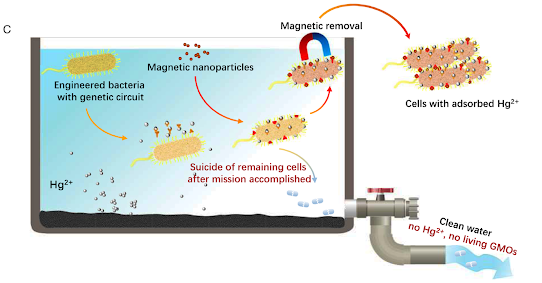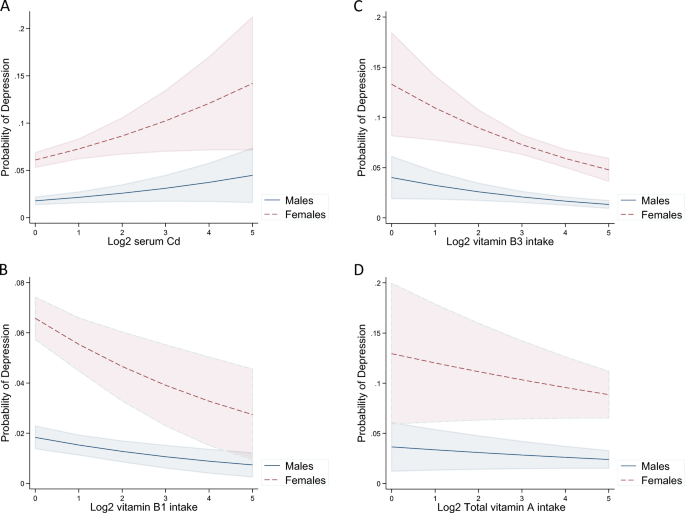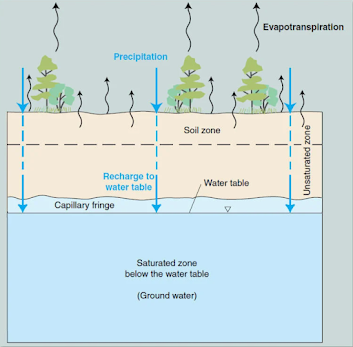Unearthing the Hidden Underground World
By: Destinee Lopez
Groundwater Microbiology of an Urban Open-Loop Ground Source Heat Pump with High Methane
by Megan J. Barnett, Gareth J. Farr, Jianxun Shen, and Simon Gregory
Introduction
The subsurface in the UK has become a crucial resource for producing energy. Low-carbon heating solutions are provided by Source Heat Pump (GSHP) systems, which use shallow groundwater sources. Despite the UK's ambitious intentions to phase out gas boilers, GSHP systems are growing in popularity. Their primary goal is to reach NetZero emissions, especially in urban areas where they wish to exploit the "Subsurface Urban Heat Island effect." However, the environmental impacts of open-loop GSHPs on groundwater chemistry and bacteria remain a significant focus.
Method and Results
At Cardiff's Grangetown Nursery School, the study was conducted. As a part of the "Cardiff Urban GeoObservatory" project, it concentrated on the UK. The GSHP system, with abstraction and recharge borehole in a sand and gravel aquifer, was its main emphasis. These boreholes and some neighboring control boreholes, all with varying levels of the GSHP's operating condition, were used to collect water samples. They were all subjected to thorough chemical examination, which included ion chromatography, inductively coupled plasma mass spectrometry, and microbial analyses using techniques based on culture and 16s rRNA gene sequencing. Understanding how the GSHP system influences groundwater chemistry and microbial communities is the primary goal of this research, with consequences for both system performance and environmental effects.

Figure one includes the map of the Cardiff Bay area and a conceptual diagram of the ground source heat pump and monitoring boreholes. https://doi.org/10.1111/gwat.13291
Conclusion
The discovery of high methane concentrations and the dominance of particular methane and methyl-oxidizing bacteria in the open-loop GSHP system is an exciting feature of this paper. This article's findings may impact future human activities, including energy transitions since many nations aim to switch to renewable energy sources. Additional research into controlling and mitigating methane may be prompted by environmental effects, such as the discovery of high methane concentrations and the predominance of particular methane-oxidizing bacteria. Subsurface habitats may advance due to microbial energy, particularly in metropolitan settings. This tremendous work may take years and cost billions of dollars, but it could significantly influence the environment.
Resources
J. Barnett, J. Farr, G., Shen, J., & Gregory, S. (2023). Groundwater Microbiology of an Urban Open‐Loop Ground Source Heat Pump with High Methane. Ground Water, 61(2), 274–287. https://doi.org/10.1111/gwat.13291









.jpg)








